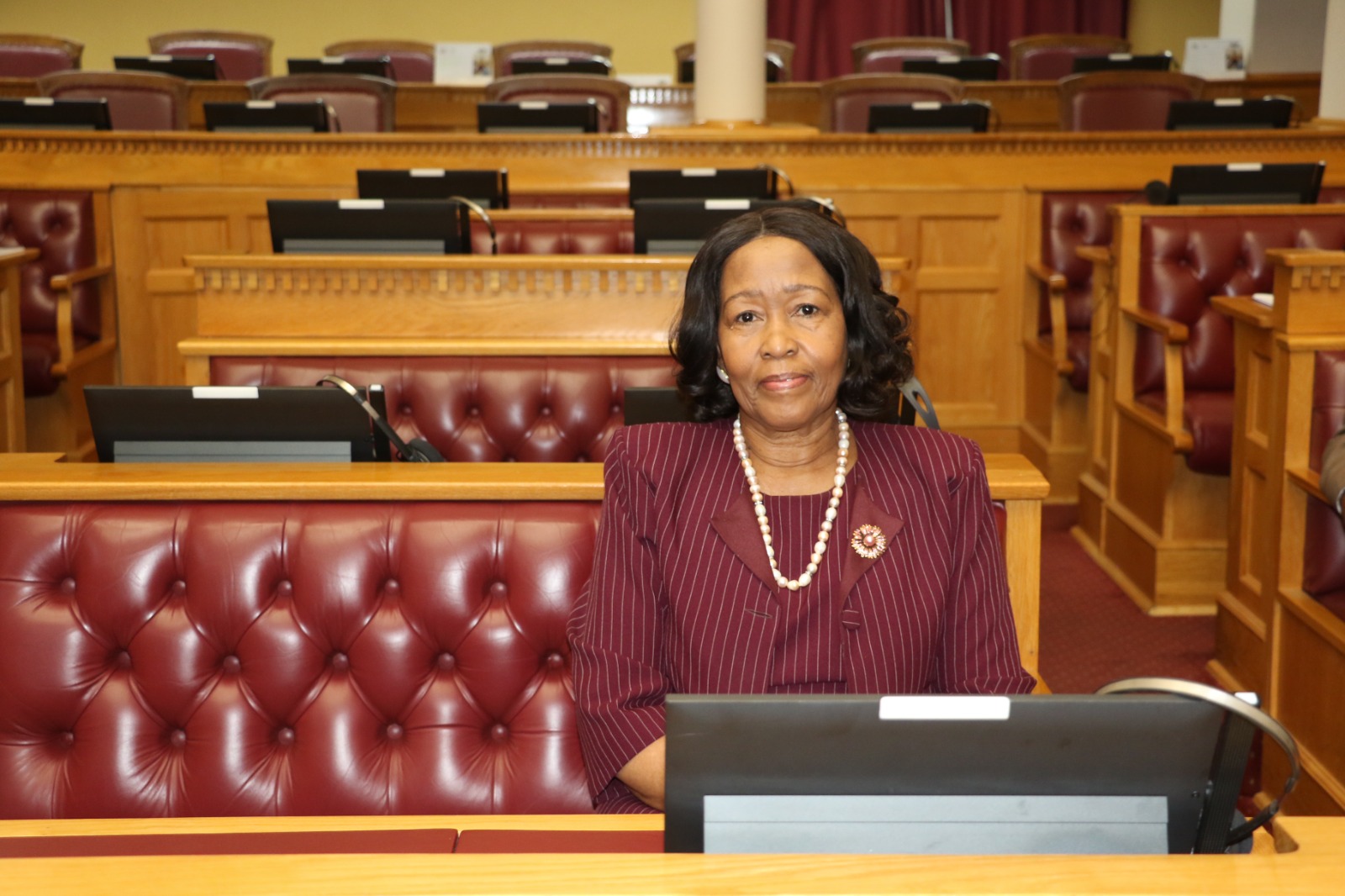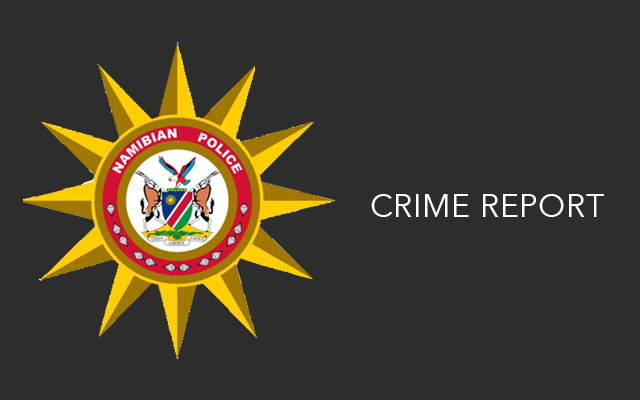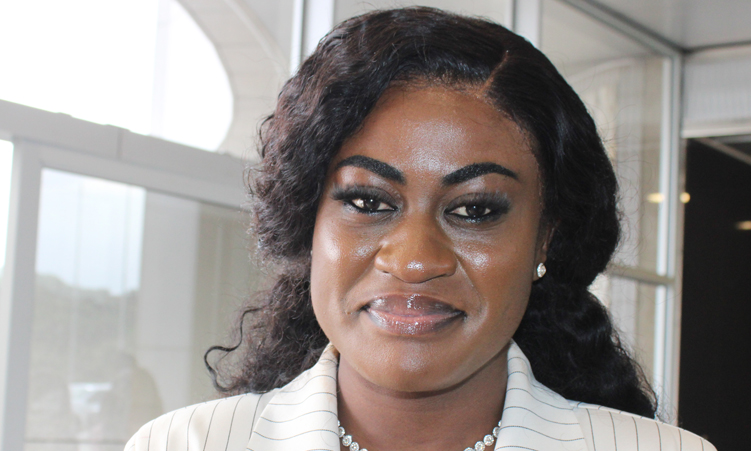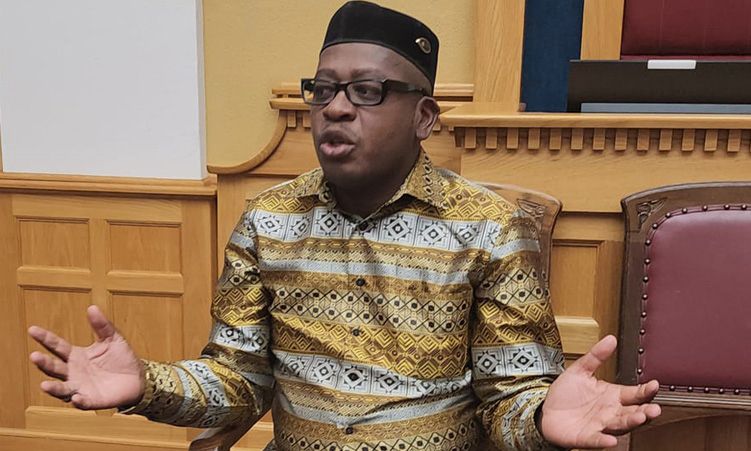INFLATION in April dropped by 1,2 percentage points to 10 per cent, the lowest inflation rate in Namibia for 11 months.
Although not back in single-digit territory yet, it is a significant relief from the 12 per cent peak which burdened Namibians from August to October last year.
The latest Consumer Price Index (CPI) released by the Central Bureau of Statistics (CBS) shows lower inflation in all the main groups except healthcare.Food and transport inflation, the main drivers of inflation the past year, eased by 2,9 and 0,5 percentage points respectively. Food inflation now stands at 12,5 per cent, while transport inflation is 7,1 per cent.The price monster is especially starting to loosen its grip on basic foods.The biggest drop in the food group came from bread and cereals, whose annual inflation rate plunged by 4,9 percentage points to 7,4 per cent. Oils and fats follow with a drop of 3,8 percentage points to seven per cent, and meat with a decrease of 2,6 percentage points to 13,2 per cent.Although easing by 1,3 and 1,8 percentage points respectively, fruit and vegetables remain too expensive for most Namibians. Inflation for both now stands at 18,3 per cent.Cheaper fuel kept driving your own car, or ‘operation of personal transport equipment’ as the sub-group is officially known, in deflation for the third month running. The April rate is minus 11,1 per cent. The inflation rate for public transport also decreased by 3,9 percentage points to 7,8 per cent. Buying a car, though, became more expensive. Inflation for this sub-group climbed by 1,3 percentage points to 15,2 per cent.Clothing and footwear inflation fell by 0,7 percentage points to 6,3 per cent.Recreation and culture is becoming more affordable, with inflation here dropping by 1,1 percentage points, as are hotels, restaurants and cafés. Inflation for this sub-group declined by 0,9 percentage points to 11,1 per cent.There is even some relief for smokers and those who like to sip something stronger. Here inflation subsided by 1,4 percentage points to 12,2 per cent.Furnishings, household equipment and routine maintenance now stand at 14,1 per cent, 2,8 percentage points lower than in March. The rate for housing, water, electricity, gas and other fuels eased slightly by 0,2 percentage points to 8,5 per cent. However, the rate for home maintenance and repair still remains extraordinary high at 46,6 per cent.Health inflation for April increased marginally by 0,8 percentage points to 6,3 per cent. The rates for communication and education remain unchanged at 8,1 and 3,5 per cent respectively.Bank of Namibia (BoN) Deputy Governor Paul Hartmann last week said the central bank remains optimistic on its inflation outlook, although it is a little concerned about the threat of the volatile exchange rate.’Looking ahead, slowing global demand is expected to continue putting downside risks on the level if inflation, although the depreciation of the exchange rate remained a threat,’ Hartmann said.Local economists share the BoN’s expectations.Investment House Namibia (IHN) correctly forecaste a 10 per cent inflation rate for April. The stockbrokers expect Namibia to hit single-digit inflation again this month, with a forecast 9,8 per cent. They predict a further drop in June to 9,5 per cent.IHN forecasts an average inflation rate of nine per cent for 2009, and 5,4 per cent by the end of 2010.jo-mare@namibian.com.na
Stay informed with The Namibian – your source for credible journalism. Get in-depth reporting and opinions for
only N$85 a month. Invest in journalism, invest in democracy –
Subscribe Now!










